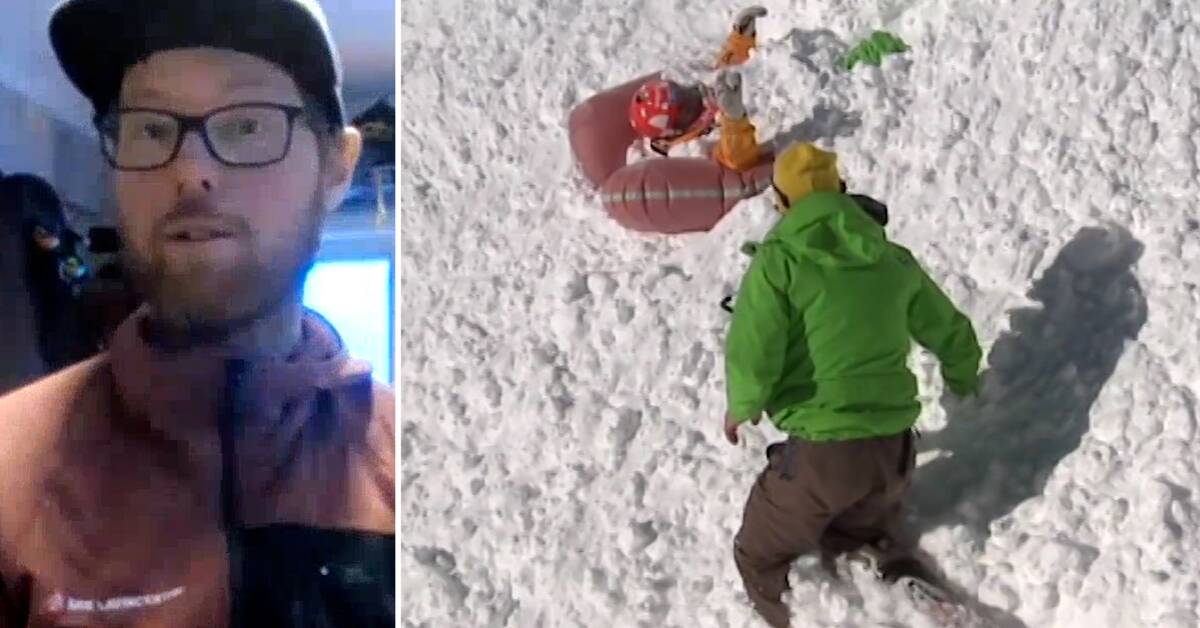The risk increases during the period February and March as more people move in avalanche-dangerous places then.
This is what avalanche expert Petter Palmgren from the Swedish Environmental Protection Agency says:
- The period from the sports holiday to Easter is the high season for top touring skiing and snowmobiling in the mountains.
Oskar Brodén, area manager for southern Jämtland's avalanche forecast area, agrees: The more people who stay on off-piste slopes, the greater the risk of avalanches where someone rides.
- In the absolute majority of accidents, it is the person affected who also triggered the avalanche, or someone in the same company.
Most man-made avalanches in March
A total of 281 avalanche incidents were reported between 2016 and 2021, of which 69 in February, 106 in March and 61 in April.
Since 2001, a total of 13 people have died in avalanches in Sweden.
Statistics from the Swedish Environmental Protection Agency also show that almost half of the reported incidents occurred at moderate, or lower, avalanche danger.
- A second on the five-degree avalanche scale can be perceived as relatively harmless, but the statistics show that many avalanches also occur at this level.
It shows how important it is to think through your route choices and assess the snow cover and terrain carefully, says Petter Palmgren.
Off-piste skiers in the risk zone
Oskar Brodén emphasizes that if you stick to marked slopes, there is no risk of avalanche danger.
- On the one hand, the snow is prepared by a piste machine, and on the other hand, the surrounding slopes, which can cause avalanches, must be combated and secured by the ski patrol and the ski area's staff.
As for unmarked terrain out in the mountains, it must be steep for an avalanche to be triggered.
- It must be at least as steep as a black hill.
If it is flatter than that, there are no avalanches either.

